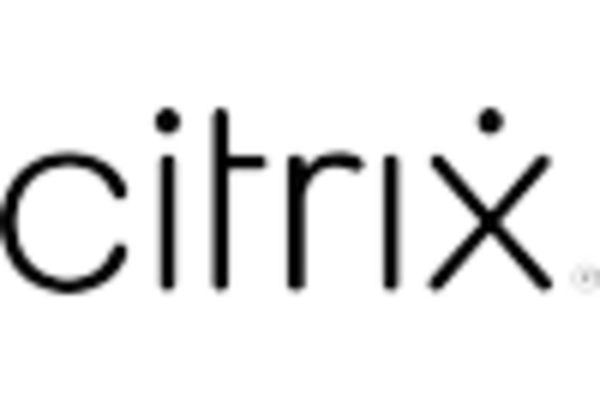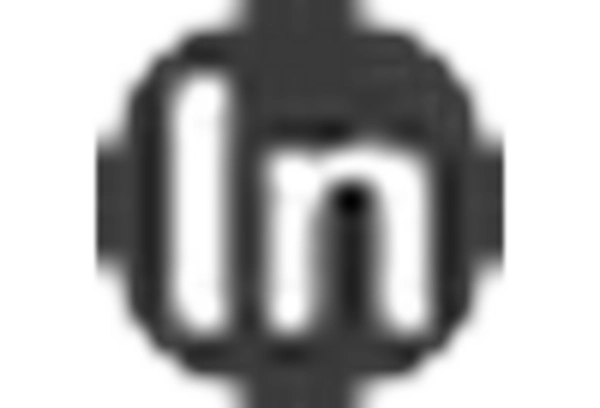Rising Cybersecurity Threats
The remote access-management market is increasingly influenced by the rising threats posed by cyberattacks. With the proliferation of remote work, organizations face heightened risks of data breaches and unauthorized access. Reports indicate that cybercrime costs businesses in the US over $1 trillion annually, prompting companies to prioritize robust security measures. As a result, investments in remote access-management solutions are escalating, with organizations seeking to safeguard sensitive information. The market is expected to witness substantial growth, as businesses recognize the importance of implementing comprehensive security protocols. This trend underscores the critical role of remote access-management in mitigating cybersecurity risks and protecting organizational assets.
Increased Regulatory Requirements
The remote access-management market is also influenced by the growing landscape of regulatory requirements. Organizations are compelled to comply with various regulations, such as the Health Insurance Portability and Accountability Act (HIPAA) and the General Data Protection Regulation (GDPR). These regulations necessitate stringent data protection measures, driving the demand for effective remote access-management solutions. Companies are investing in technologies that ensure compliance while maintaining operational efficiency. The market is anticipated to grow as businesses prioritize adherence to these regulations, recognizing that non-compliance can result in substantial fines and reputational damage. This trend highlights the essential role of remote access-management in navigating the complex regulatory environment.
Shift Towards Cloud-Based Solutions
There is a significant shift towards cloud-based solutions in the remote access management market. Organizations are increasingly adopting cloud technologies to enhance scalability and flexibility in their operations. This transition allows for seamless remote access to applications and data, facilitating collaboration among distributed teams. Market data suggests that cloud-based remote access solutions are expected to account for over 60% of the total market share by 2026. As businesses recognize the advantages of cloud integration, the demand for remote access-management solutions is likely to rise. This trend reflects a broader movement towards digital transformation, positioning the remote access-management market for sustained growth in the coming years.
Growing Demand for Flexible Work Arrangements
The remote access-management market experiences a notable surge in demand due to the increasing preference for flexible work arrangements among employees. Organizations are recognizing the necessity of providing secure remote access to their systems, enabling employees to work from various locations. This shift is reflected in a survey indicating that approximately 70% of employees favor remote work options. Consequently, businesses are investing in remote access-management solutions to enhance productivity while ensuring data security. The market is projected to grow at a CAGR of 12% over the next five years, driven by this evolving work culture. As companies adapt to these changes, the remote access-management market is likely to expand significantly, catering to the needs of a diverse workforce.
Technological Advancements in Remote Access Solutions
Rapid technological advancements are significantly shaping the remote access management market. Innovations such as artificial intelligence (AI) and machine learning (ML) are enhancing the capabilities of remote access solutions, enabling organizations to streamline operations and improve user experiences. For instance, AI-driven analytics can identify unusual access patterns, allowing for proactive security measures. The integration of these technologies is projected to increase market growth by approximately 15% over the next few years. As organizations seek to leverage these advancements, the remote access-management market is likely to evolve, offering more sophisticated and efficient solutions to meet the demands of modern businesses.

















Leave a Comment